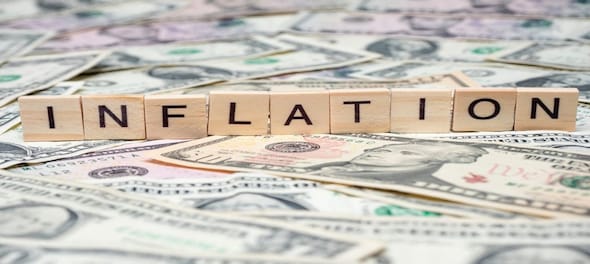
Wholesale inflation in the United States was unchanged in November, suggesting that price increases in the economy's pipeline are continuing to gradually ease.
The Labor Department reported Wednesday that its producer price index — which tracks inflation before it reaches consumers — was flat from October to November after having fallen 0.4% the month before.
Measured year over year, producer prices rose just 0.9% from November 2022, the smallest such rise since June. Excluding volatile food and energy costs, so-called core wholesale prices were unchanged from October and up 1.1% from a year ago.
Wednesday's report reinforced the belief that inflation pressures are cooling across the economy, including among wholesale producers. The figures the government issued Wednesday, which reflect prices charged by manufacturers, farmers, and wholesalers, can provide an early sign of how fast consumer inflation will rise in the coming months.
Year-over-year producer price inflation has slowed more or less steadily since peaking at 11.7% in March 2022. That is the month when the Federal Reserve began raising its benchmark interest rate to try to slow accelerating prices. Since then, the Fed has raised the rate 11 times, from near zero to about 5.4%, the highest level in 22 years.
The Fed is expected later Wednesday to announce, after its latest policy meeting, that it's leaving its benchmark rate unchanged for the third straight meeting. Most economists believe the Fed is done raising rates and expect the central bank to start reducing rates sometime next year.
On Tuesday, the Labor Department reported that consumer prices rose just 0.1% last month from October and 3.1% from a year earlier. But core prices, which the Fed sees as a better indicator of future inflation, were stickier, rising 0.3% from October and 4% from November 2022. Year-over-year consumer price inflation is down sharply from a four-decade high of 9.1% in June 2022 but is still above the Fed's 2% target.
Despite widespread predictions that the Fed rate hikes would cause a recession, the US economy and job market have remained surprisingly strong. That has raised hopes the Fed can pull off a so-called soft landing — raising rates enough to tame inflation without sending the economy into recession.
Check out our in-depth Market Coverage, Business News & get real-time Stock Market Updates on CNBC-TV18. Also, Watch our channels CNBC-TV18, CNBC Awaaz and CNBC Bajar Live on-the-go!


PM Modi visits Ram Mandir for first time since 'Pran Pratishtha', offers prayers before roadshow
May 5, 2024 8:59 PM
Visiting temples, obliging selfie requests, jabbing rivals – Kangana Ranaut is wooing voters on campaign trail
May 5, 2024 8:23 PM

